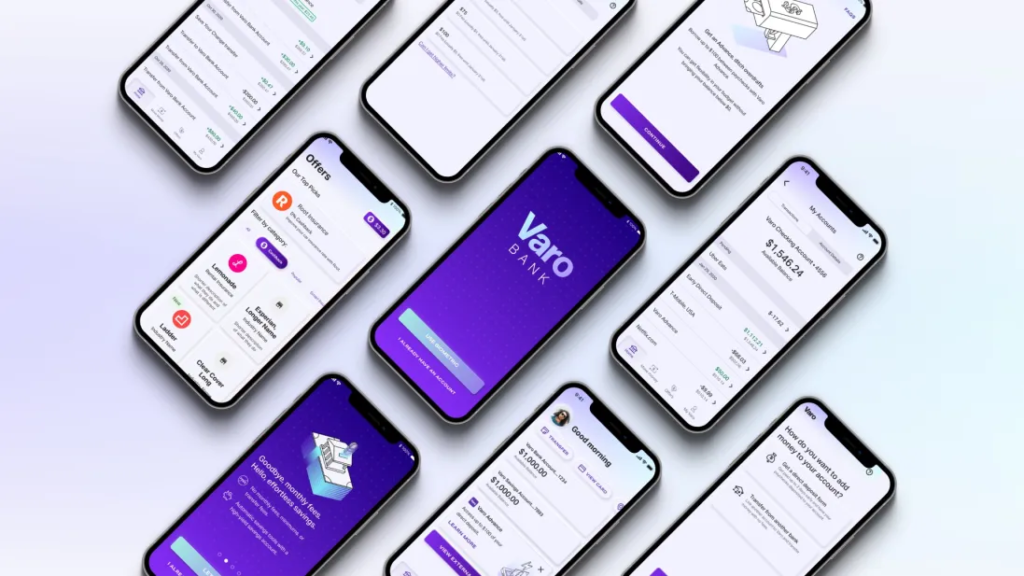On Thursday, Snap revealed an exciting new initiative aimed at supporting augmented reality (AR) creators. The company introduced “Challenge Tags,” a rewards program that gives AR developers the chance to earn cash prizes for creating standout Lenses. In addition, Snap announced discounted pricing for its Spectacles AR glasses, tailored specifically for students and educators, further emphasizing its dedication to the AR community.
Challenge Tags: Showcasing Talent and Earning Rewards
The inaugural theme for the Challenge Tags program is “humor,” encouraging developers to design fun and original Lenses. The competition runs through January 31 and offers attractive rewards for the most creative entries. The creator of the top Lens will receive $2,500, while second and third place winners will take home $1,500 and $1,000, respectively. Additionally, twenty honorable mentions will each receive $250, providing recognition for a wide range of creators.
To join, participants must register for the challenge, develop a Lens using Snap’s Lens Studio, and include the relevant Challenge Tag during submission. Snap plans to release new challenges every month, ensuring ongoing opportunities for AR creators to demonstrate their skills.
Lenses submitted for the program will be assessed based on creativity, technical skill, and alignment with the theme. With Snap’s collaboration with the AR marketing platform Lenslist, developers from over 100 countries can now participate, significantly expanding the program’s accessibility.
Affordable Spectacles for Students and Educators

In another move to encourage AR innovation, Snap is introducing special pricing for its Spectacles AR glasses, targeting students and educators. Eligible participants, including college students, teachers, and university staff, can subscribe to Spectacles at a reduced rate of $49.50 or €55 per month. This is a significant discount from the regular subscription fee of $99 per month.
This offer is available in all markets where Spectacles are sold, including the United States, France, Germany, Spain, Italy, Austria, and the Netherlands. By making these cutting-edge AR tools more accessible, Snap aims to inspire educators and students to explore AR’s potential and integrate it into their academic projects and teaching.
Snap’s Commitment to Advancing AR
Snap has long been recognized as a pioneer in augmented reality, transforming how users engage with AR through its popular filters and Lenses. The company’s ongoing investments in AR technology underscore its leadership in the space.
By launching the Challenge Tags program and offering discounted Spectacles pricing, Snap is reaffirming its dedication to supporting the AR creator community. These initiatives provide creators with financial rewards, global exposure, and access to advanced tools, empowering them to push the boundaries of AR innovation.
Through these efforts, Snap is not only strengthening its position as a leader in the AR industry but also fostering a vibrant ecosystem where AR creators can thrive and shape the future of augmented reality.








